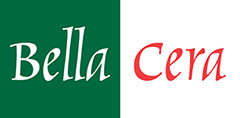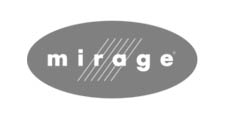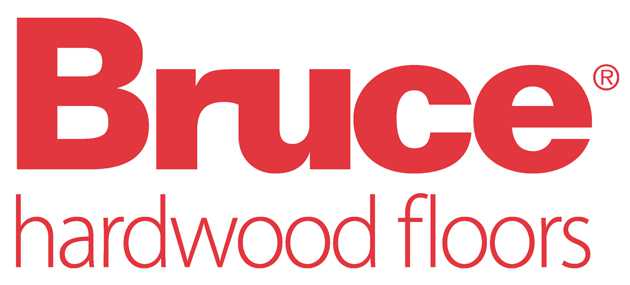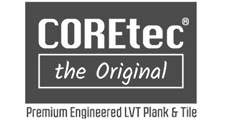Hardwood is a timeless flooring material that works well in most settings. Whether you want that
classic, homey look of an older cottage or a sleek, modern look that does not involve laminate,
hardwood can really fit the bill. This flooring is durable and comes in so many shades that you
should have no issues finding the type of wood that suits your home best
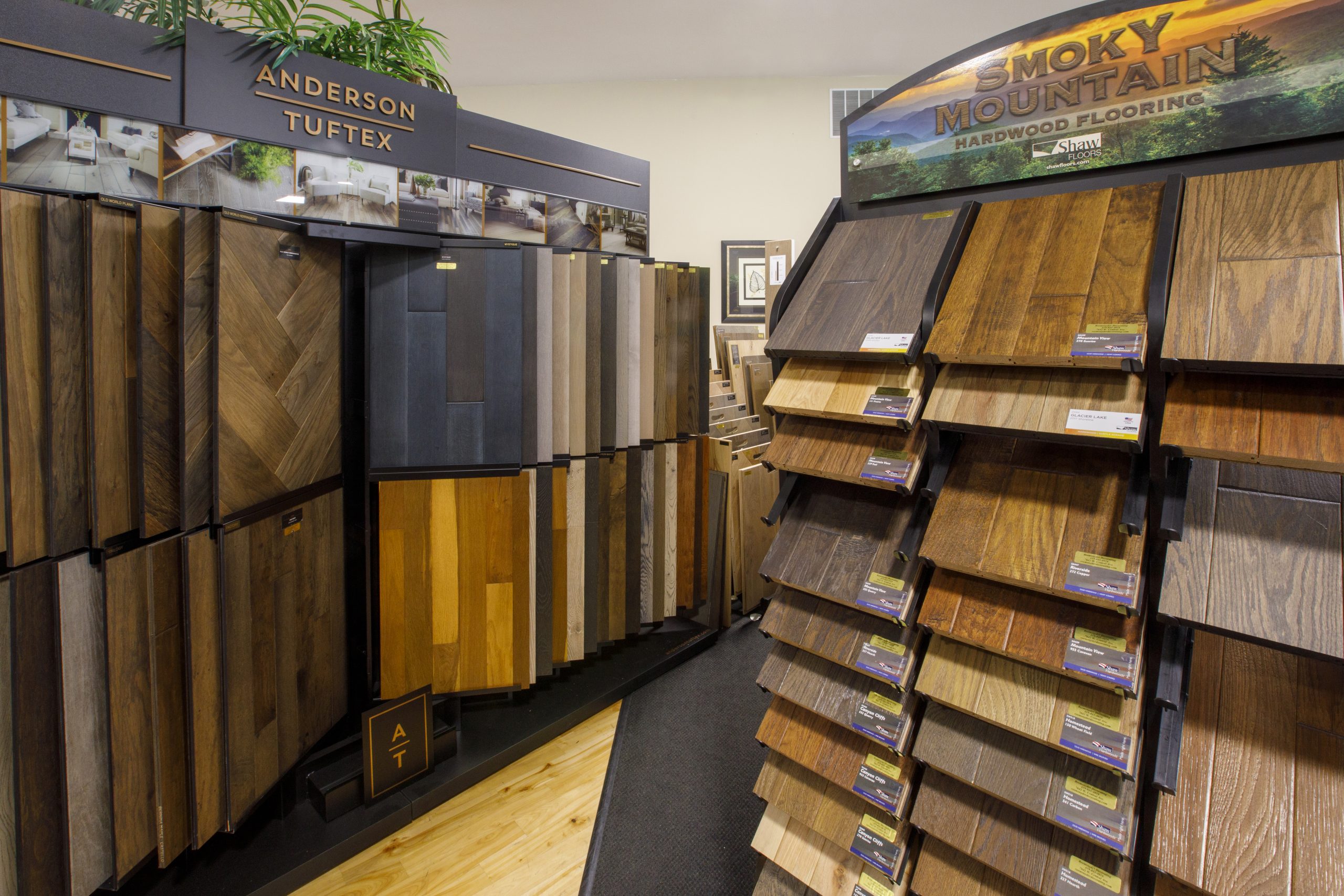
Why Hardwood Might Be Your Best Option
Hardwood is fairly easy to clean and doesn’t stain well if it’s been sealed properly during manufacture. You can quickly sweep away dust without having to plug in a vacuum; for more extensive dry spills, a vacuum with a hardwood floor setting is fine. Possibly one of the better reasons to get hardwood floor, as opposed to carpet, is that if you have allergies, it is much easier to sweep up dust and pollen from a hardwood floor than it is to vacuum every last bit out of a carpet.
Hardwood comes in two types. One is the solid plank, which is what it sounds like: a solid plank of wood. The other is engineered, which is not a solid plank but rather a series of compressed layers of different woods that are better able to handle humidity. You’d likely use engineered hardwood in a kitchen and solid hardwood in other non-humid areas of the home.
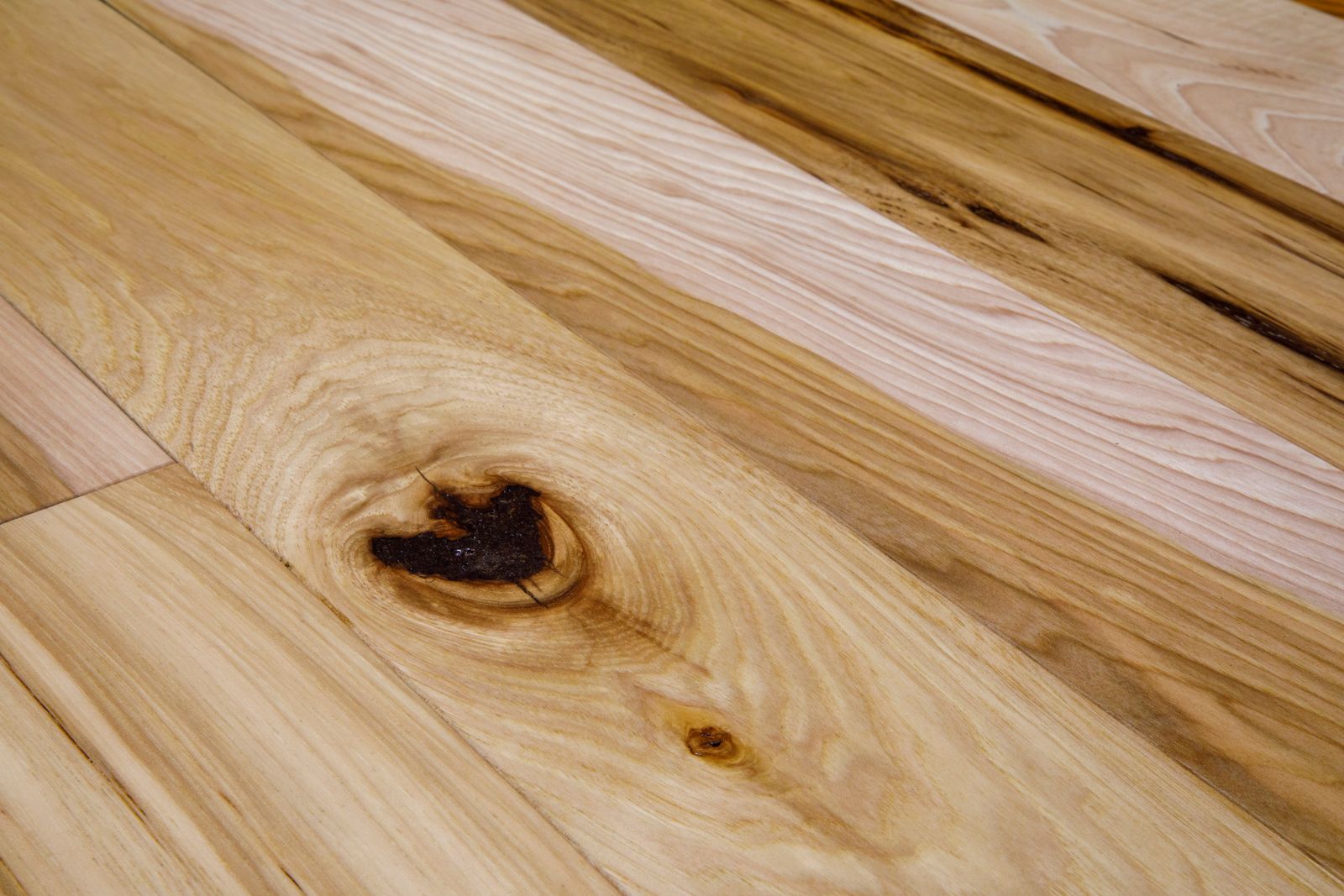
Installing Hardwood
Sometimes new flooring can be installed over old flooring, but in many cases, the old flooring has to be removed first. Once those are done, the installers will test for moisture — necessary to avoid installing woods that might warp in certain climates — and then install the hardwood. As with carpet, new hardwood can be thicker or thinner than the old flooring, so you’ll need to ensure the new hardwood doesn’t block doors from opening into the room; you’ll have to have the doors modified if the new flooring is much thicker than your old flooring.
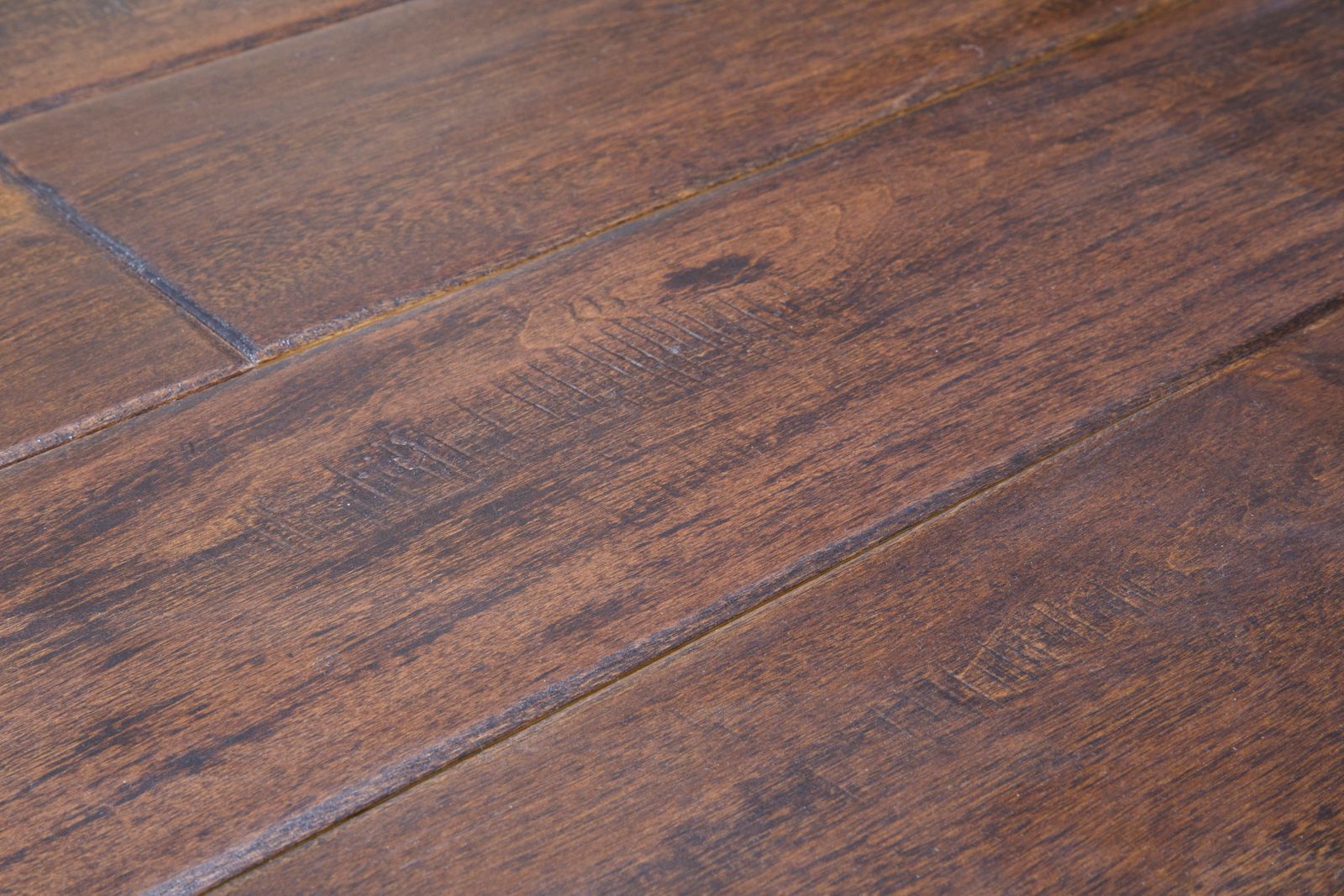
Care for a Classic Floor
Hardwood requires a few actions in terms of cleaning. One is sweeping frequently; luckily, this is one of the easiest cleaning tasks in terms of flooring, and it should take you only a few minutes. This is a task that you can do daily without cutting much into your current schedule.
You do need to be careful with the planks. Do not use anything abrasive, from cleaners to cleaning tools; Don’t use soapy cleaners or a lot of water, even on hardwood that’s engineered to handle humidity. Any liquid spills, including water, need to be wiped up immediately. You can use a damp mop to clean, but don’t use a soggy one — you don’t want to leave streaks of water behind as you mop.
Tougher stains can be cleaned off with acetone (a.k.a. nail polish remover); thicker stains like gum should be frozen with ice and then gently scraped away with something made of plastic, like an old credit card.




